From 18 June, the Samuel Bak Museum (Naugarduko str. 10) opens its most significant exhibition of the year, "Samuel Bak. Paris and Rome, 1956-1965 / Eglė Ridikaitė. Unveilings".
The exhibition presents a period of Samuel Bak's work that is less known to Lithuanian art lovers – his youth in Paris and Rome. The artist describes it as a time of searching for the perfect brushstroke and his own style.
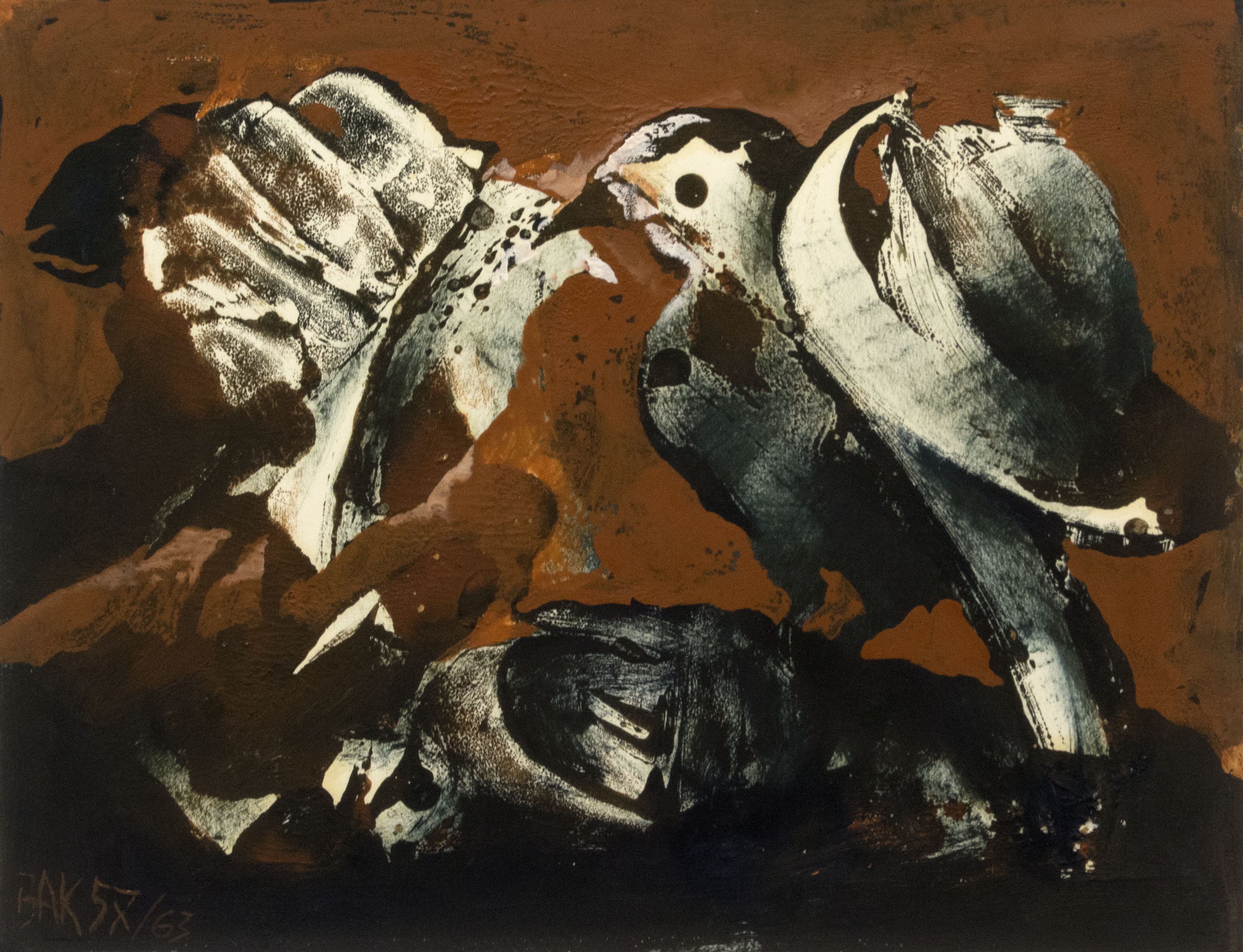
The artist, who works in Weston, near Boston, donated a large collection of his works to the Vilna Gaon Museum of Jewish History. One third of these works were painted in Paris and Rome.
Symbolically, the huge shipment of 159 pieces reached Lithuania on the first day of 2024, a New Year's gift from Bak. The Government Chancellery provided the funds for the shipment.
The exhibition is curated by art historian Ieva Šadzevičienė, the designers are Aleksandra Jacovskytė and Gintaras Znamierovskis (Interse).
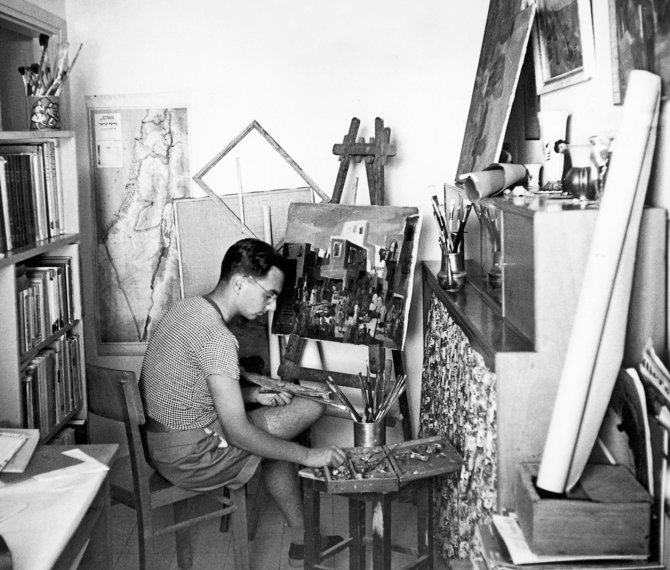 Samuel Bak in his studio in Paris
Samuel Bak in his studio in Paris
While studying and working in the great capitals of Europe, the artist did not forget Vilnius: the traumatic experiences he had in his hometown (he miraculously escaped the destruction of the Holocaust) became one of the central themes in his works from that time.
The theme of Vilnius in the exhibition is complemented by two large-scale works by Lithuanian National Prize laureate Eglė Ridikaitė – exposures of the floor of the Great Synagogue of Vilnius and the mikvah (bathhouse).
"It is through art that we ‘unveil’ the boundaries between the past and the present. Everything is real that is transposed by our creative power and consciousness," says Ieva Šadzevičienė, Chief Curator of the Samuel Bak Museum.
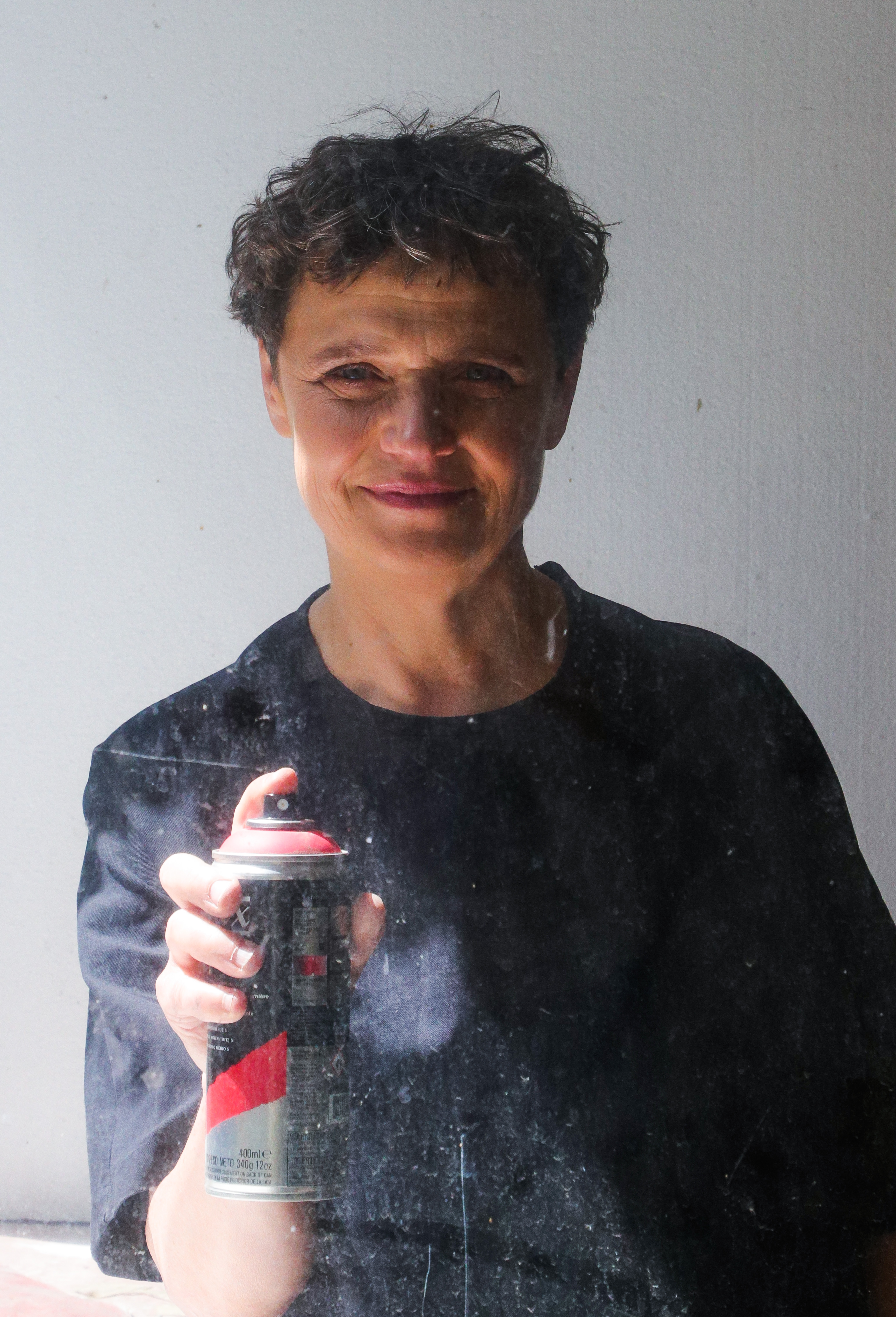 Eglė Ridikaitė
Eglė Ridikaitė
The artist painted the canvases in her temporary studio, set up in a kindergarten that was built over the ruins of the Great Synagogue during the Soviet era. Archaeological excavations are still underway near the building.
What was the floor of the Great Synagogue like? How did the mikvah tiles shimmer when they were flooded with clean ablution water? In her canvases, Ridikaitė replicates, millimetre by millimetre, the floor that archaeologists have unearthed and covered again. It is as if she is dusting off the dust of centuries, bringing to the surface what is forgotten.
Ieva Šadzevičienė
Samuel arrived in Paris, the centre of artistic life at the time, in 1956, at the age of 23. "I was single, I had completed my overly long Service in the Army, had an enriching year at the Bezalel art school. Moreover, a rather successful career in Israel as a set and costume designer. I worked for the famous Habimah Theatre. But I was hungry for a much more fertile soil. Paris introduced to me a sense of artistic freedom. Picasso, Miró, Max Ernst, Poliakov, de Stahl, Dubuffet and so many, many others moved me to look into myself. What a challenge! How could I respond to them with the artistic language I possessed? What was my language? Searching for it – layers of my imagination came up to the surface," says Bak.
.-V.-Ilčiuko-nuotr..jpg)
In Paris, he immersed himself in studies at the École des Beaux-Arts. Bak calls the myriad museums and galleries of Paris (especially the Louvre) his second high school. He drew inspiration from them, studied the latest trends and grew as a person and an artist.
.-VGŽIM-archyvo-nuotr..jpg)
During his studies, the artist met his future wife, Annalisa Cantoni, a Jewish-Italian. In 1959, they settled in Italy, in the village of Monterosi near Rome, and later moved to the capital. The renowned Robert Schneider Gallery, which presents postmodern art, became interested in his work.
.-VGŽIM-archyvo-nuotr..jpg)
"Living in relative comfort, residing between the center of Rome and an ancient country house, I soon developed warm friendships and became part of an ever-bubbling community of foreigners and locals. My life in Rome had many benefits and many gratifications. Since the day Mother and I emerged from a shelter into a fuming and badly bombed Vilnius, abandoned by the retreating Nazis, 20 years had passed. I had a story to tell. And for that I needed a language that would allow me to speak in a familiar way. I wanted to be understood, attract the beholders, and not scare them. I had to speak metaphorically, indirectly, suggestively. I had to create illusions of a reality that wasn’t real," says Samuel Bak.
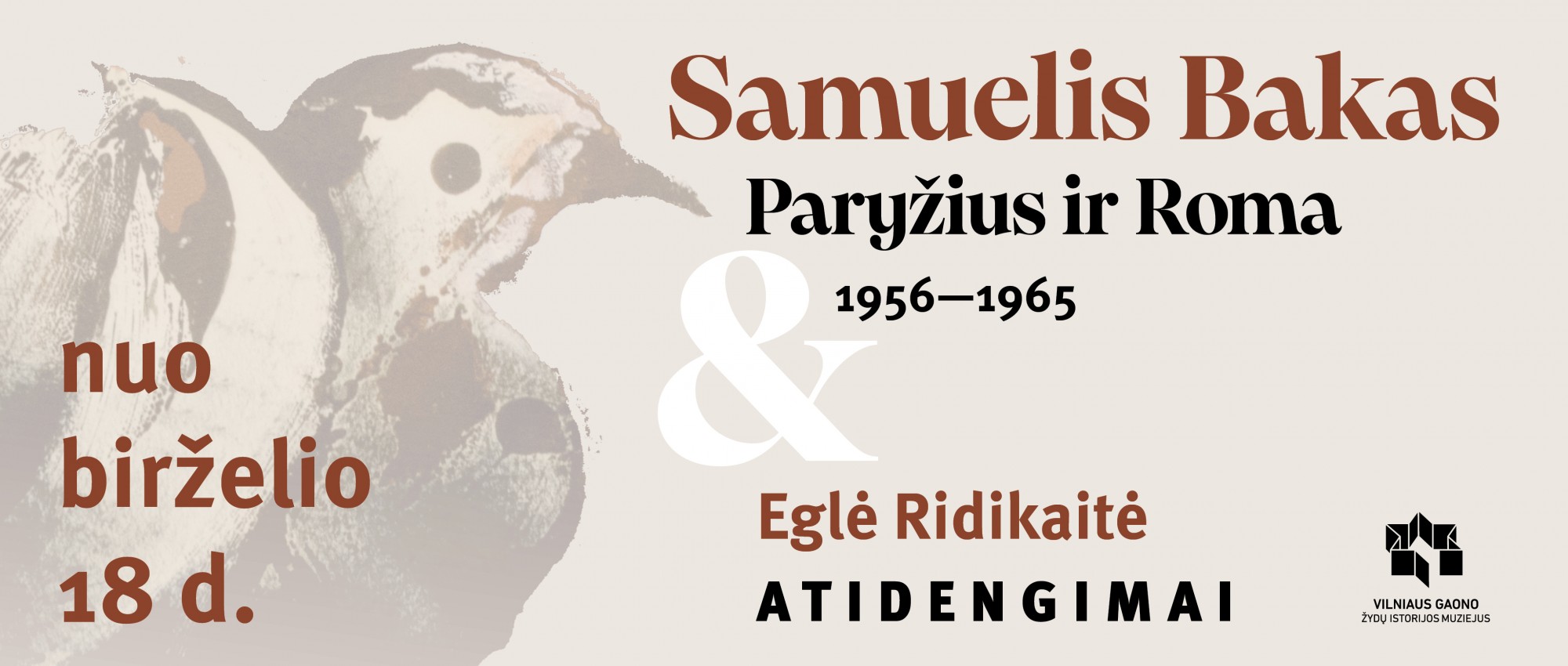
Marius Žičius photography

 Samuel Bak in his studio in Paris
Samuel Bak in his studio in Paris Eglė Ridikaitė
Eglė Ridikaitė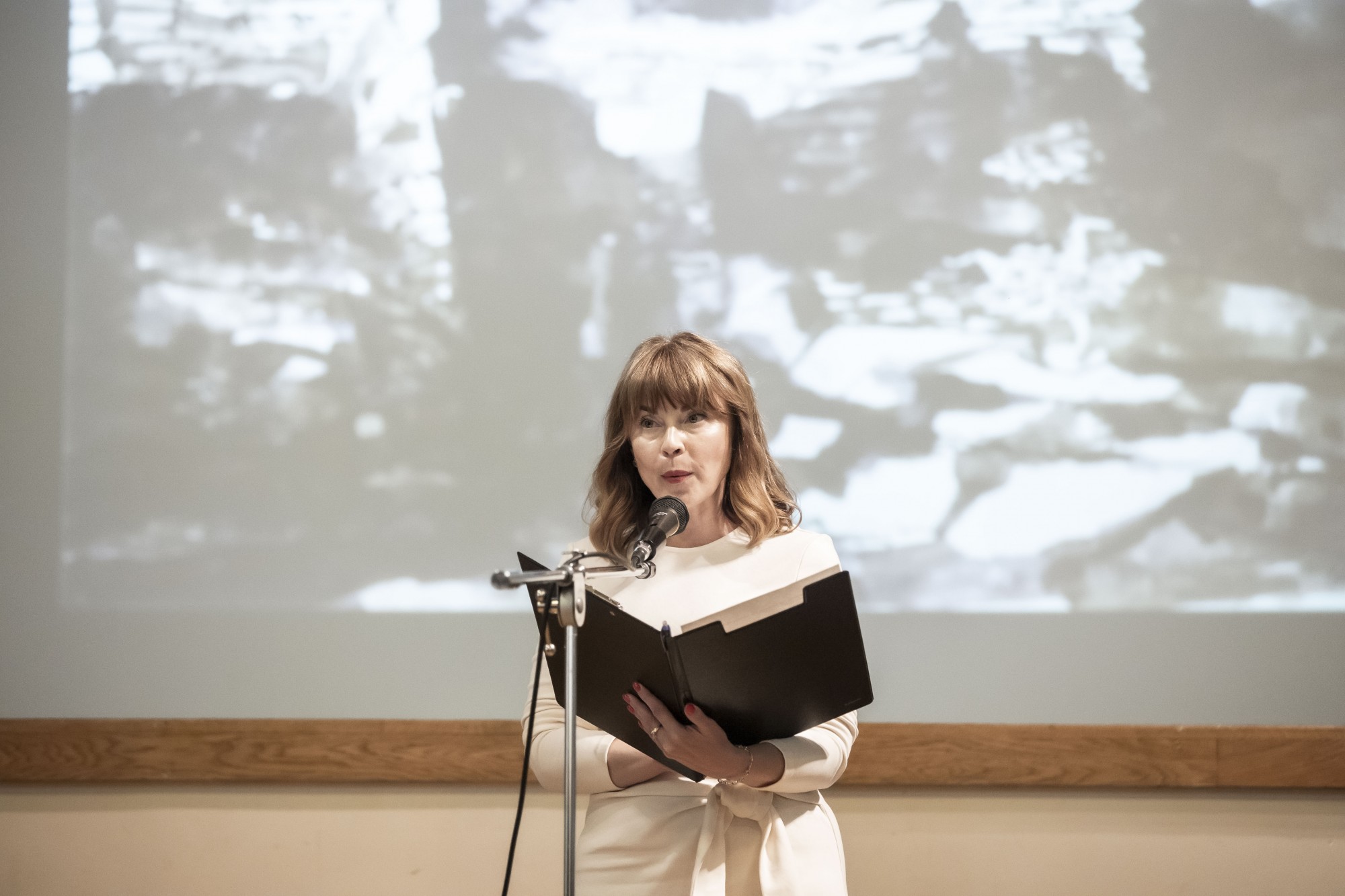
.-V.-Ilčiuko-nuotr..jpg)
.-VGŽIM-archyvo-nuotr..jpg)
.-VGŽIM-archyvo-nuotr..jpg)






































